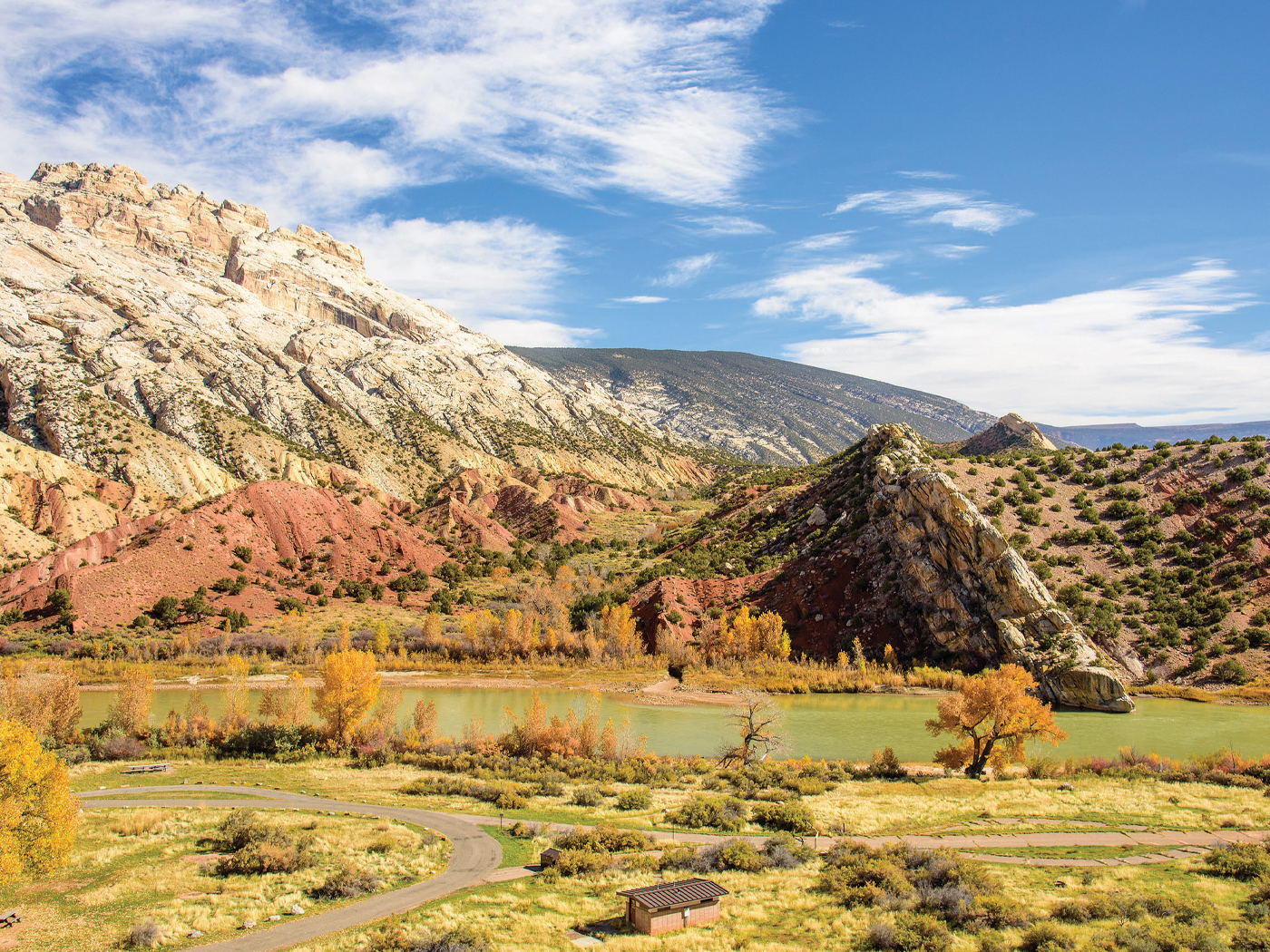by John R. Baumgardner, Ph.D., D. Russell Humphreys, Ph.D., Andrew A. Snelling, Ph.D., and Steven A. Austin, Ph. D.
Presented at the Fifth International Conference on Creationism, Pittsburgh, Pennsylvania, August 4–9, 2003. Published in: Proceedings of the Fifth International Conference on Creationism, R. L. Ivey (Ed.), pp. 127–142, 2003.
© 2003 Creation Science Fellowship, Inc., Pittsburgh, PA, USA. Published with permission. All rights reserved.
Abstract
Given the short 14C half-life of 5730 years, organic materials purportedly older than 250,000 years, corresponding to 43.6 half-lives, should contain absolutely no detectable 14C. (One gram of modern carbon contains about 6 × 1010 14C atoms, and 43.6 half-lives should reduce that number by a factor of 7.3 × 10-14.) An astonishing discovery made over the past 20 years is that, almost without exception, when tested by highly sensitive accelerator mass spectrometer (AMS) methods, organic samples from every portion of the Phanerozoic record show detectable amounts of 14C! 14C/C ratios from all but the youngest Phanerozoic samples appear to be clustered in the range 0.1–0.5 pmc (percent modern carbon), regardless of geological “age.” A straightforward conclusion that can be drawn from these observations is that all but the very youngest Phanerozoic organic material was buried contemporaneously much less than 250,000 years ago. This is consistent with the biblical account of a global Flood that destroyed most of the air-breathing life on the planet in a single brief cataclysm only a few thousand years ago.
Keywords
Radiocarbon, AMS 14C Analysis, 14C Dead, 14C Background, 14C Contamination, Uniformitarianism, Young Earth, Genesis Flood, Diamond
For Full Text
Please see the Download PDF link above for the entire article.
















